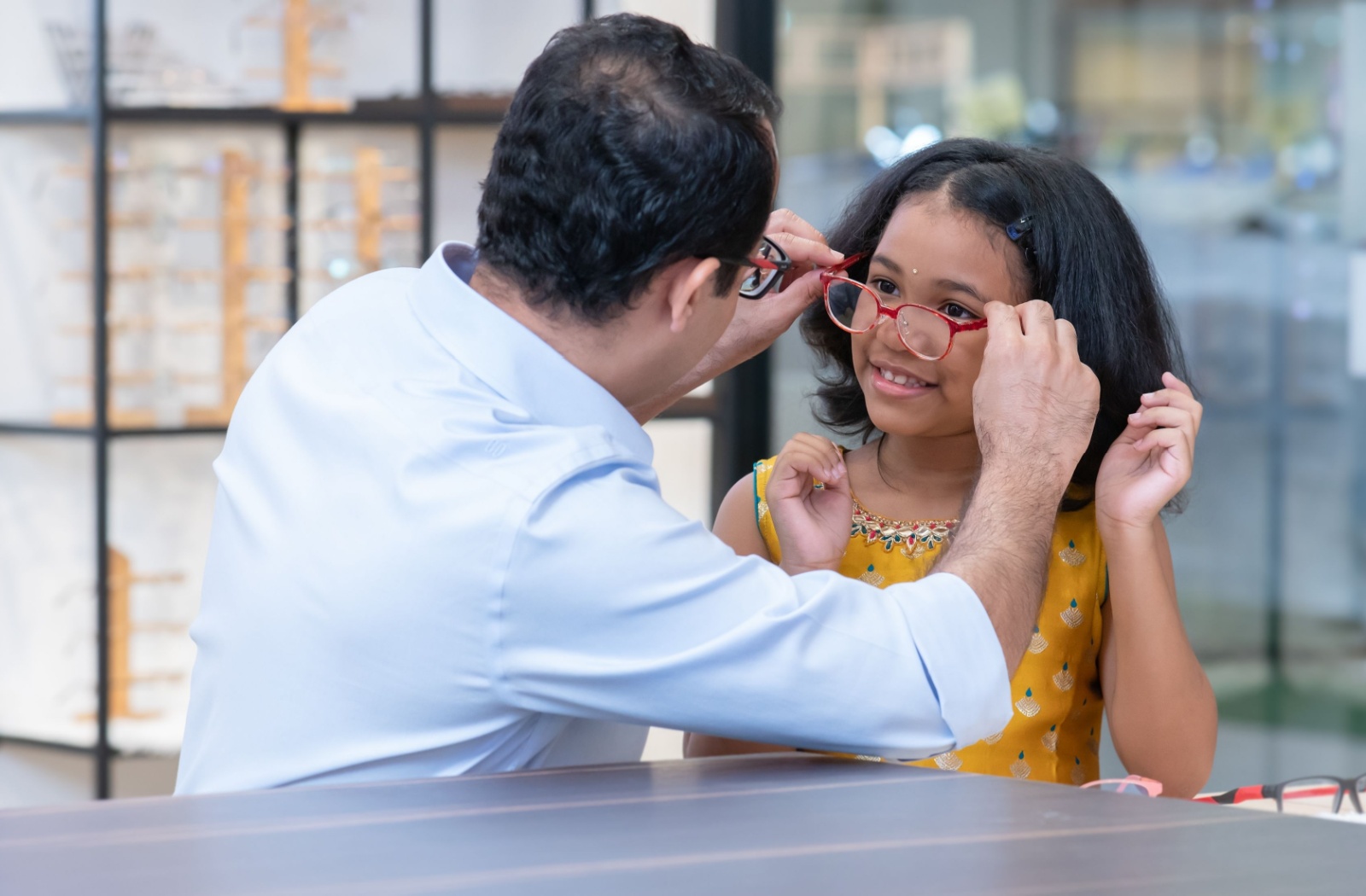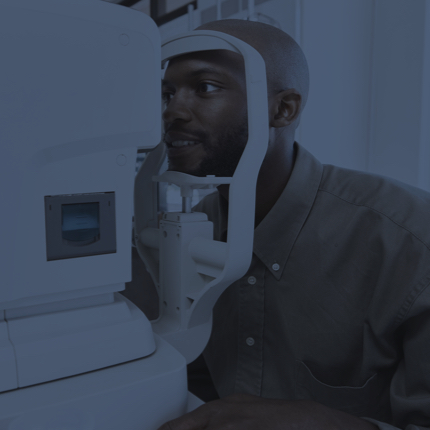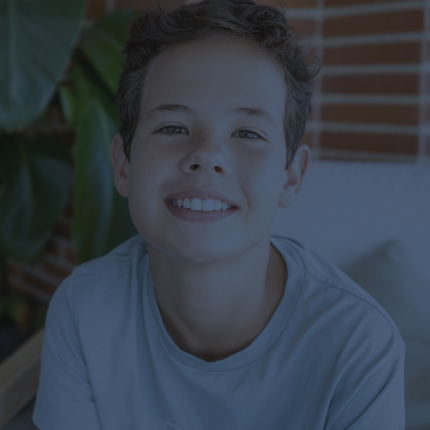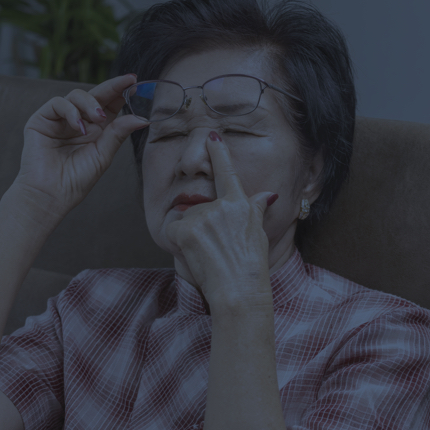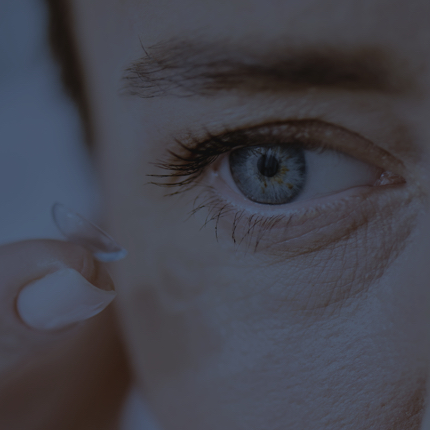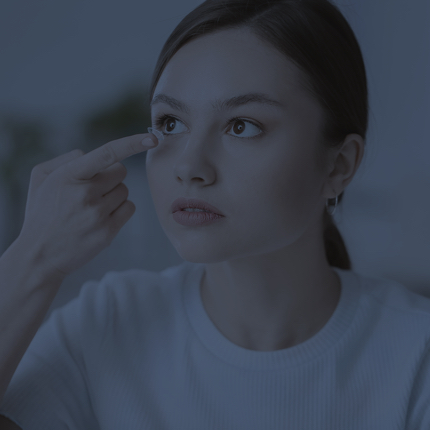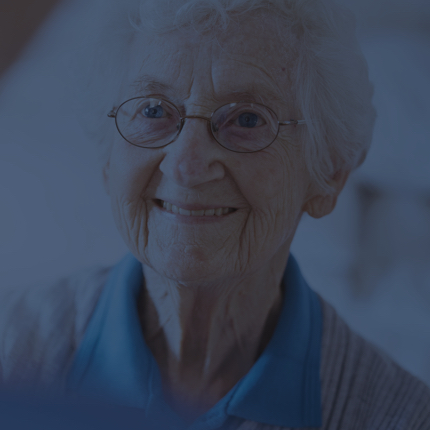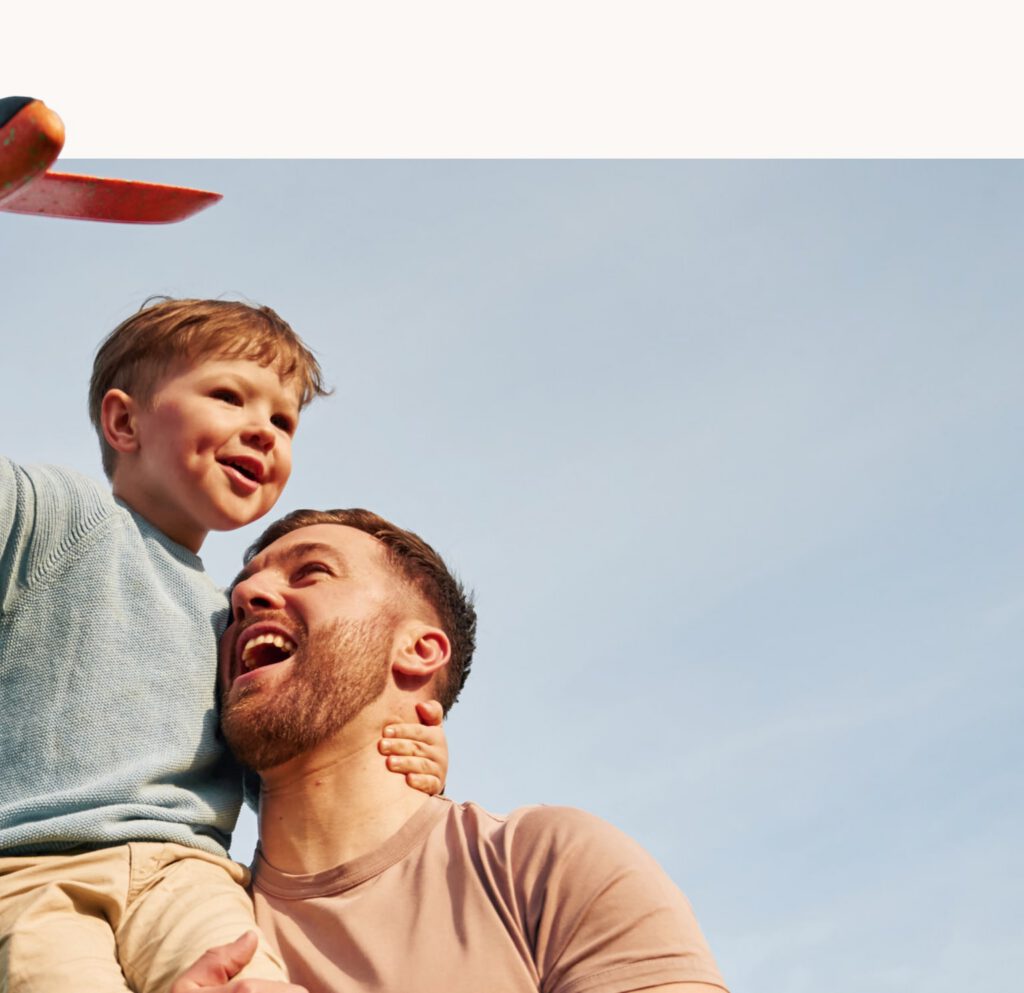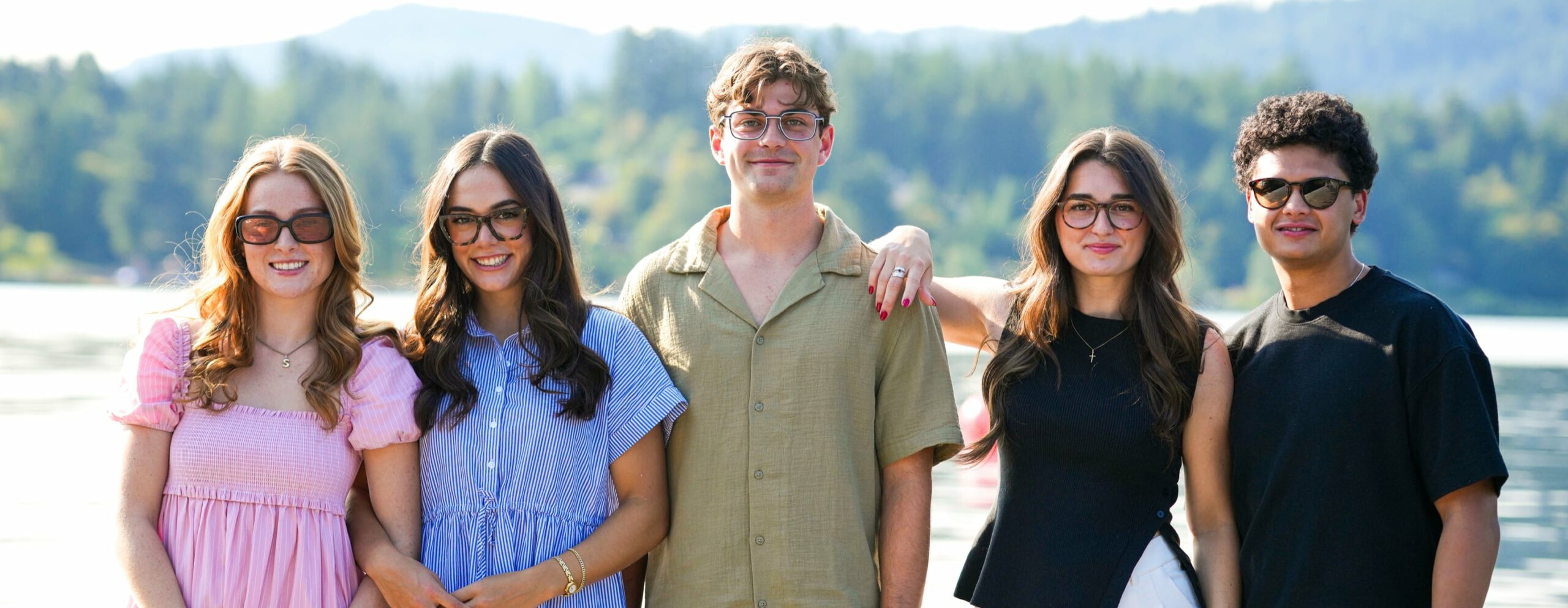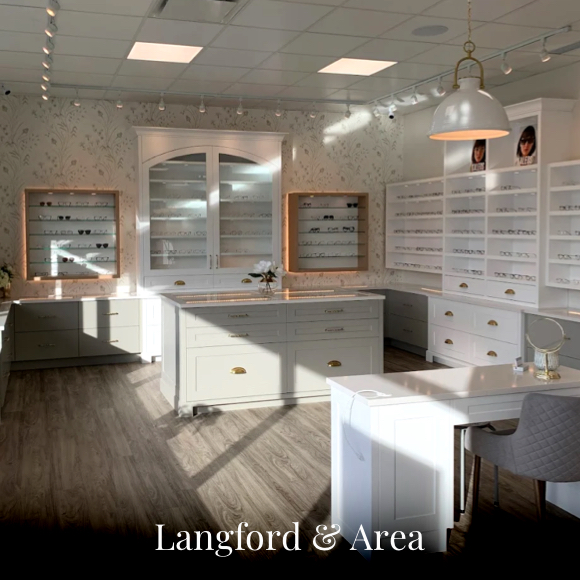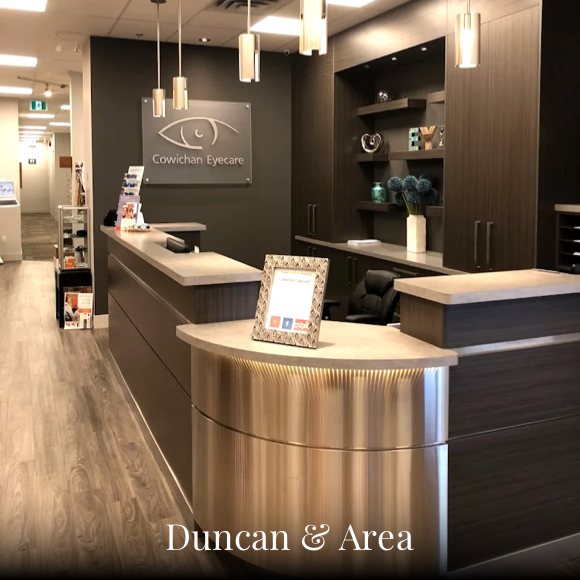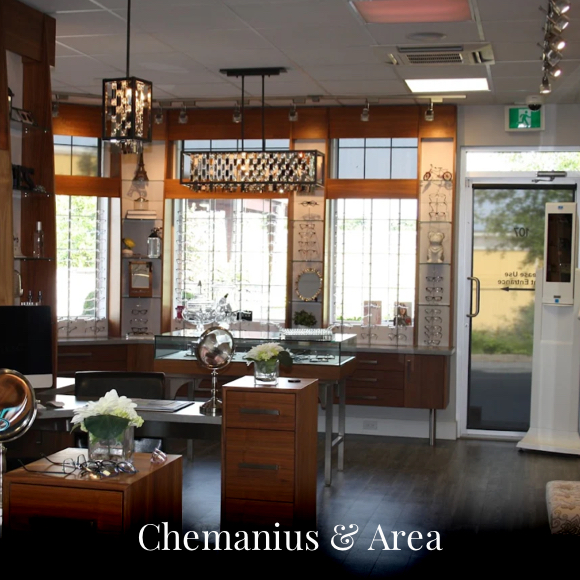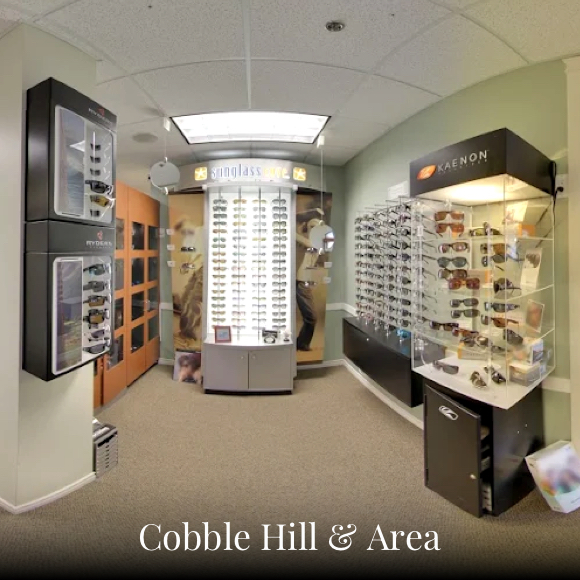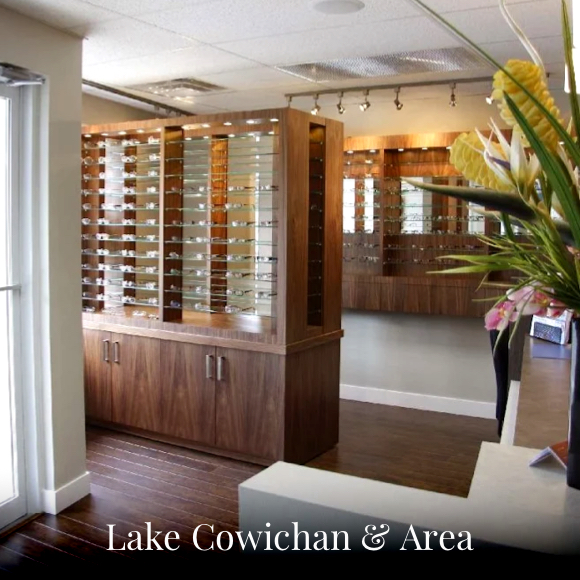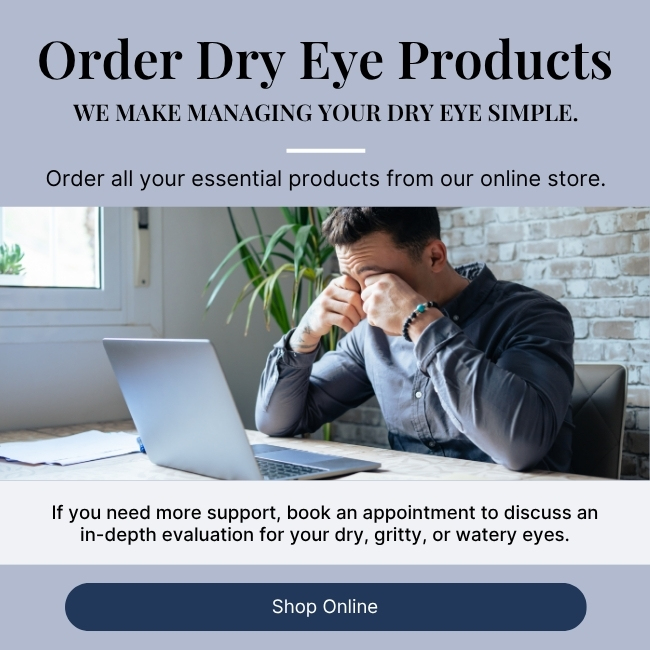When we think about reading glasses, we often picture adults putting a pair of glasses on in order to skim through a book or a menu. But can children also need reading glasses, too? The short answer is yes! While it might not be as common, some kids benefit significantly from wearing reading glasses to correct refractive errors or support their eyes as they develop.
Whether you’re a parent who notices your child squinting during homework time or an educator concerned about a student’s performance, understanding the basics of children’s eye health is an important tool for determining when reading glasses can benefit a child.
Types of Refractive Errors That Can Affect Children
Just like adults, children can experience various vision-related issues, including:
- Myopia (Nearsightedness): Myopia makes it hard to see clearly at a distance. A child with myopia might struggle to read the whiteboard at school, but can read a book or do homework just fine.
- Hyperopia (Farsightedness): Hyperopia makes it hard to focus on close objects. Children with this condition may have trouble reading or working on close-up assignments.
- Astigmatism: Due to an uneven curvature of the cornea, astigmatism leads to blurry or distorted vision. This can make both near and far objects appear unclear, creating challenges in reading and everyday activities.
- Accommodative Insufficiency: This condition occurs when the eyes have difficulty sustaining focus on close objects. Children with accommodative insufficiency may experience eye strain, headaches, or fatigue while reading or doing homework, often leading to difficulty maintaining attention on near tasks.
How Are Children Tested for Glasses?
Testing a child’s vision is often more straightforward than most assume. Eye doctors have tools and techniques that they can use even on babies and toddlers who can’t read the letters on a standard eye chart.
- Infants (0–2 years): Eye doctors use lights, shapes, and movement-based tests to measure infants’ vision and assess overall eye health. Retinoscopy—a technique where light is shone into the eyes to observe reflections—is also often used.
- Toddlers (2–5 years): Doctors may introduce picture charts or other special tools to help identify potential vision problems for toddlers. Some clinics even create games to make the process enjoyable.
- School-Aged Children (5+ years): Children in this age range are typically assessed using eye charts alongside other tools. Visual acuity, eye alignment, and refractive errors can all be tested in detail.
Routine vision exams are important, as many vision problems are easier to correct when they’re caught early.
What Are Reading Glasses?
Reading glasses are glasses designed to help correct near-vision problems. They commonly treat hyperopia and other near-vision challenges that make close-up tasks like reading or writing difficult.
Reading glasses are perfectly safe for children when prescribed by an eye care professional. These glasses can provide much-needed support for kids with near-vision issues, allowing them to focus comfortably on close-up tasks.
Some clear signs your child might benefit from reading glasses include:
- Complaints about eye strain during or after reading.
- Frequent headaches or fatigue while doing homework.
- Holding books or devices unusually close.
- Difficulty staying focused on near tasks.
- Avoidance or frustration with reading and close-up activities.
If you notice these signs, make sure to book a child’s eye exam.
Prescription vs. Non-Prescription Reading Glasses
If you’re considering reading glasses for your child, you may be wondering about the difference between prescription and non-prescription options.
- Prescription Reading Glasses: These glasses are customized for your child’s vision needs. They address specific refractive errors, as identified in an eye exam, and they provide proper alignment, clarity, and comfort.
- Non-Prescription Reading Glasses: While available over the counter, non-prescription glasses are typically not recommended for kids. They aren’t tailored to individual needs and can strain young eyes because the lens centration is set for an average adult, not the smaller pupillary distance of children.
How Can Reading Glasses Help Children?
The potential benefits of reading glasses for kids go beyond improved sight—glasses make everyday life easier and can boost overall confidence by:
- Enabling kids to read, write, and complete school work more easily.
- Reducing eye strain and headaches caused by working with near objects for extended periods.
- Preventing long-term strain-related complications by addressing vision problems early.
At What Age Can Children Start Wearing Reading Glasses?
There is no minimum age limit for reading glasses; it entirely depends on the child’s needs. If necessary, eye care professionals may recommend reading glasses for children as young as 1 or 2.
Will Wearing Glasses Make My Child’s Eyes Worse?
This is a common worry among parents, but the short answer is no. Wearing glasses—including reading glasses—does not weaken eyes or increase dependence. Glasses are simply tools for correcting or supporting vision; they don’t alter the eye’s long-term health.
When Should a Child Stop Needing Reading Glasses?
Children might sometimes wear reading glasses temporarily to help their eyes develop correctly. In such cases, your child’s eye care professional will regularly evaluate their progress to determine if and when glasses are no longer needed.
What to Consider When Choosing Your Kid’s Reading Glasses
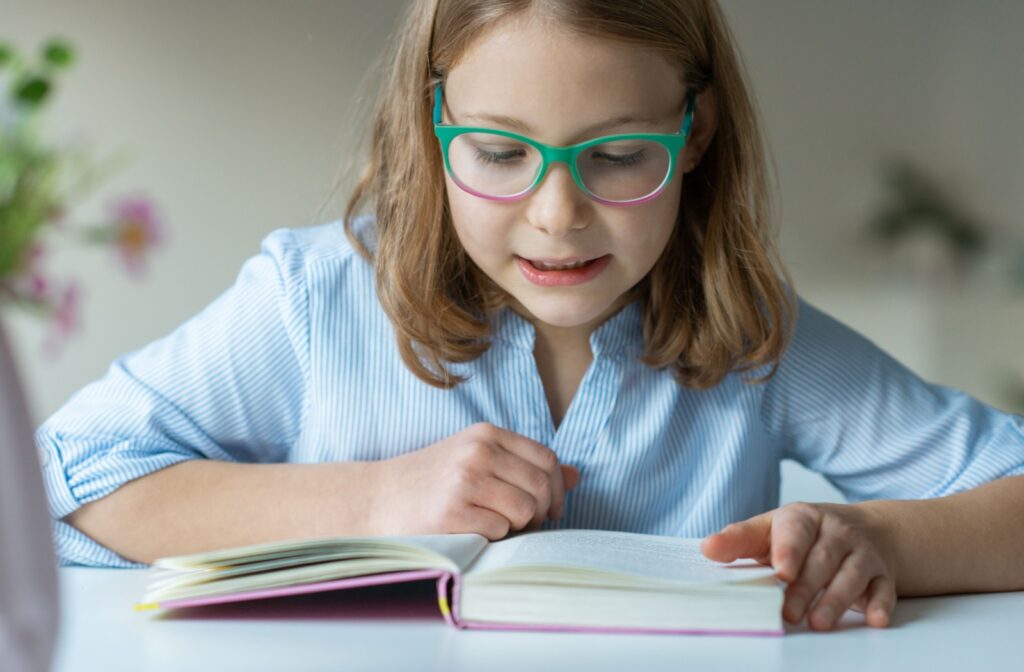
Selecting the right pair of reading glasses for your child involves more than just style (though that’s important for many kids!). Here are some considerations to keep in mind:
- Comfort: Use lightweight materials and flexible frames that sit comfortably on your child’s face without pinching or slipping.
- Durability: Kids can be harsh on their belongings. Consider scratch-resistant lenses and robust frames.
- Proper Fit: Ill-fitting glasses can cause more harm than good. Our optical experts will ensure the frames fit perfectly.
- Lens Coatings: If your child spends time on screens, consider adding an anti-glare or blue light coating for extra protection.
- Style Preferences: Encourage your child to choose colours and designs they love, making wearing glasses a fun, positive experience.
Support Your Child’s Vision with Confidence
Caring for your child’s vision is one of the most important things you can do to support their learning, development, and confidence. Cowichan Eyecare knows that early detection and personalized solutions like reading glasses can significantly affect children’s happiness and health. Contact us today to book an appointment for your young one.

